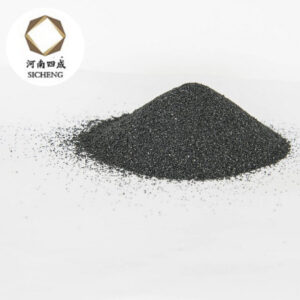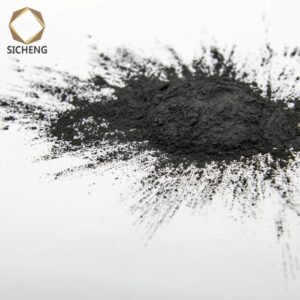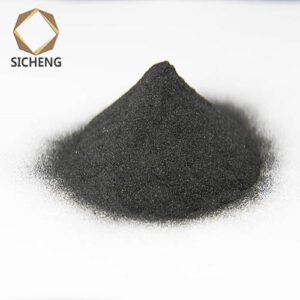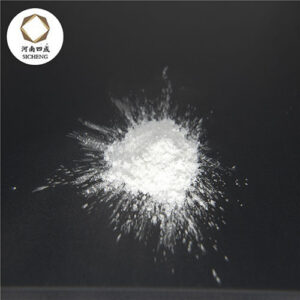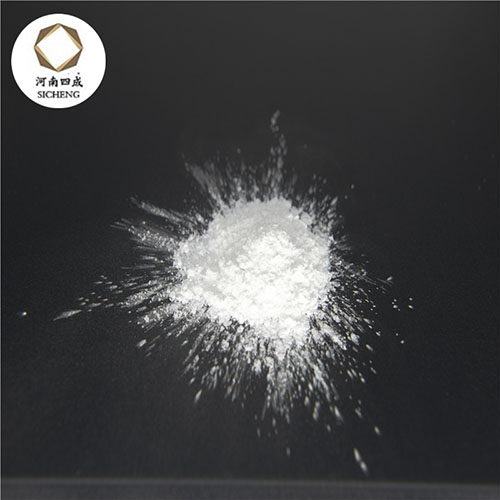Glass powder is often used in the filling of coatings. On the one hand, it improves the wear resistance of coatings, and on the other hand, it increases the refractoriness and high temperature resistance strength of coatings.
Filler pigments (fillers) may be overlooked from the name. In practice, however, fillers have a significant effect on the performance of most pigmented coatings. There are many types of fillers, and their properties vary greatly. Most paint formulators have not yet fully understood their properties and best application occasions.
White filler pigments are mineral materials with a relatively low refractive index, differing from each other in composition, particle size and particle shape, showing very low hiding properties in glossy and semi-gloss paints, but in flat paints. Gives the coating a “high dry hiding” effect (between the air/pigment interface) at a low cost. Therefore, fillers can be used to adjust the gloss, texture, suspension, viscosity, etc. of paints. The main types of fillers are carbonates, silicates, sulfates and oxides.
The particle size range of practical fillers is 0.01-44μm, and the shapes are spherical, needle-like, fibrous and flake-like. The shape of filler particles affects its packaging, flexibility and cracking of coating films, etc. Particle size and particle size distribution affect hiding power, viscosity, film porosity, medium and surfactant requirements, gloss and fineness, etc. The reactivity between the filler and the coating base material is very important, which will affect the salt spray resistance, blistering, rust and cracking performance of the coating film.
Extensive work has been done on substituting one filler for another to produce comparable coating properties and it has been found that when fillers are substituted for each other by equal weight or volume, different coating properties such as: consistency, durability , permeability, scrub resistance, stain resistance, gloss retention and so on.
Fillers are produced by grinding natural ores, or by chemical precipitation followed by refining and particle size classification. The separation process includes wet or dry sieving, flotation and centrifugation. Raw materials and processing techniques may affect its pigment performance.

